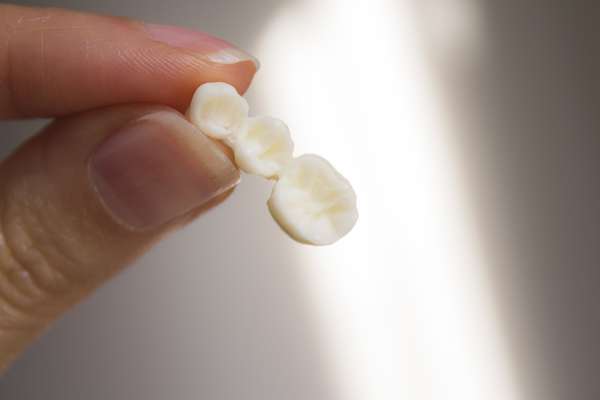The Dental Bridge Procedure: A Step-By-Step Guide

A dental bridge might be the right treatment if you have lost one or more teeth and want to enhance your oral health and self-esteem. The dental bridge can restore your smile’s appearance and allow you to chew normally once more. If you are considering this treatment, this article outlines all the steps involved so you know what to expect.
A guide to getting a dental bridge
The first step of the dental bridge procedure is a consultation with a dentist. During the first visit, the dentist will examine the patient’s gums and teeth, address their concerns, and check if a dental bridge is the most suitable option. They will check the patient’s entire dental history and any existing oral health issues before installing a bridge.
If the dental bridge is a good match, the dentist will develop a tailored treatment plan. The plan will outline the kind of bridge, the materials, and the timeframe for the process.
Preparing the abutment teeth
The adjacent teeth form the base of dental bridges. They are called abutment teeth. The dentist will remove some enamel from each of these teeth. This allows the attachment of dental crowns to the abutment teeth to hold the bridge in place.
Once the adjacent teeth are ready, the dentist will take molds or impressions of the teeth. The molds ensure the dental bridge fits the patient snugly. While the dental restoration is being made in the lab, the dentist may give provide a temporary bridge to protect adjacent teeth and restore the smile’s appearance. The color, size, and shape of the final bridge will match the remaining teeth to give a natural look.
Installing the dental bridge
When the permanent bridge is completed, patients will visit the dentist for fitting. The dentist will examine the bridge to see that it fits and is properly aligned. They will make any necessary changes for a practical and comfortable outcome. Once the bridge is fitted and looks good, the dentist will cement it in place over the abutment teeth using dental cement. Once the bridge is set in cement, the dentist will do a final examination to ensure it is comfortable and works properly. They will check that the bite aligns correctly.
Aftercare guide
The dentist will offer recommendations on how to care for the dental bridge following the procedure for its longevity and health. Patients will learn proper oral hygiene and be reminded to attend regular dental appointments to keep the bridge in good condition.
Finally, patients can smile again because of the new dental bridge. Improving one’s smile appearance may also help one feel more confident when eating and speaking. It will also keep the teeth properly aligned and prevent future oral health issues.
In summary
Getting a dental bridge is a meticulous process requiring your dentist to plan, prepare, and perform the work carefully. From your first appointment to the installation and post-treatment care, each stage is crucial for the success of your dental bridge. If you have missing teeth and are exploring restoration options, you should book a consultation appointment with our dental office today.
Request an appointment here: https://www.coalcitydental.com or call Coal City Dental at (815) 634-6046 for an appointment in our Coal City office.
Check out what others are saying about our dental services on Yelp: Dental Bridges in Coal City, IL.
Related Posts
A dental crown is a cap that fits over a person’s tooth. A crown is commonly used to restore decayed, missing, or cracked tooth structure. Whether a dental crown is ideal for you will depend on the condition of your teeth and the issue you are trying to fix. Read on to find out more…
You can visit the general dentist for diagnosis and treatment if you are experiencing signs of temporomandibular joint disorder (TMJ). Symptoms include jaw clicking, headaches, tenderness, and pain around the jaw area. TMJ pain can be disruptive to normal living, so it is advisable to visit the dentist as soon as possible for help.The joints…
All-on-4® implants are an ever-growing trend due to their permanence and ease. Many people struggle with temporary tooth solutions such as dentures, as they can slide around and need frequent resizing. All-on-4 implants are completed by inserting posts into the jawbone and replacing all teeth. Before attempting to get surgery for the implants, there are…
Many children experience dental anxiety before a dental checkup. However, the good news is that there are certain things parents can do to help children deal with their nerves before a visit with a kid friendly dentist. By taking the time to help your child deal with their anxiety at a young age, it can…
